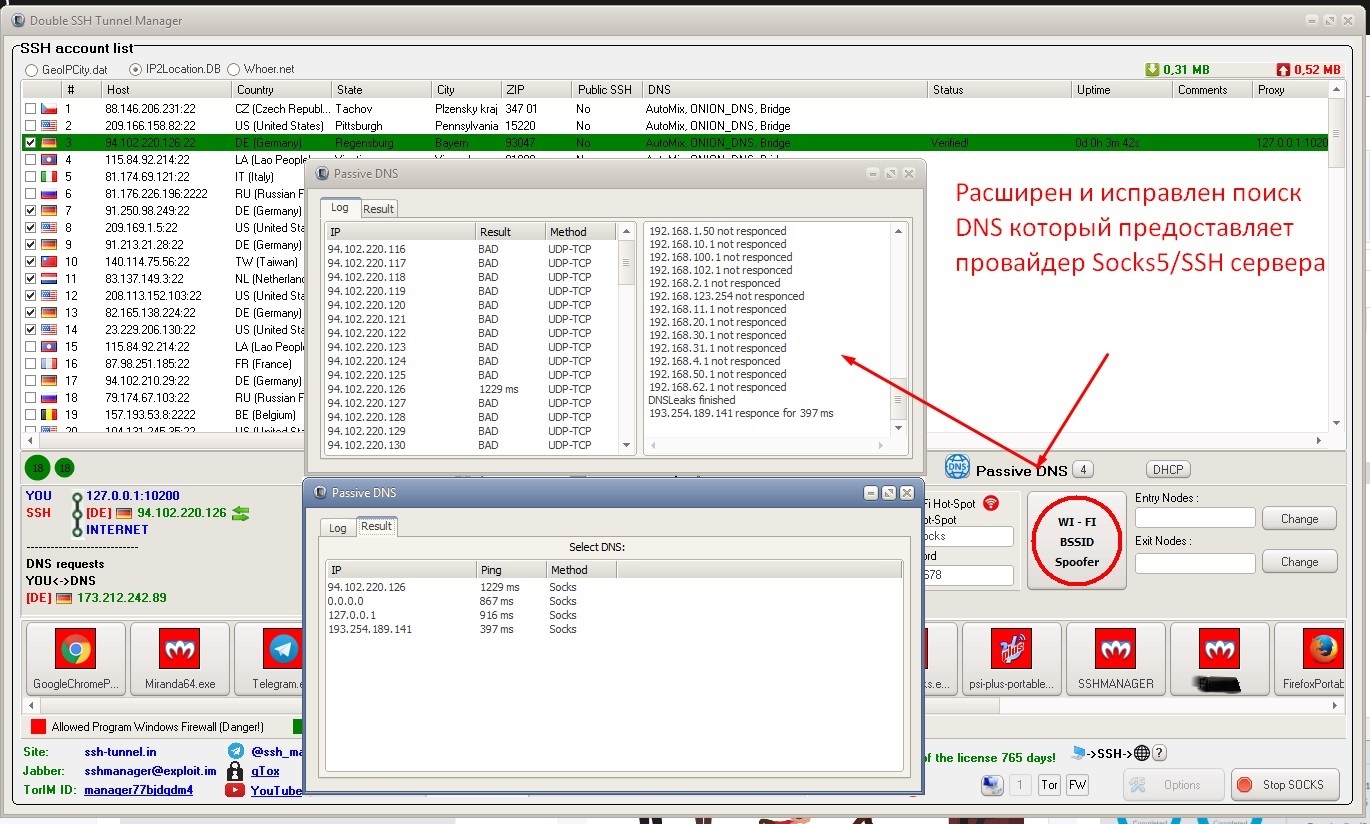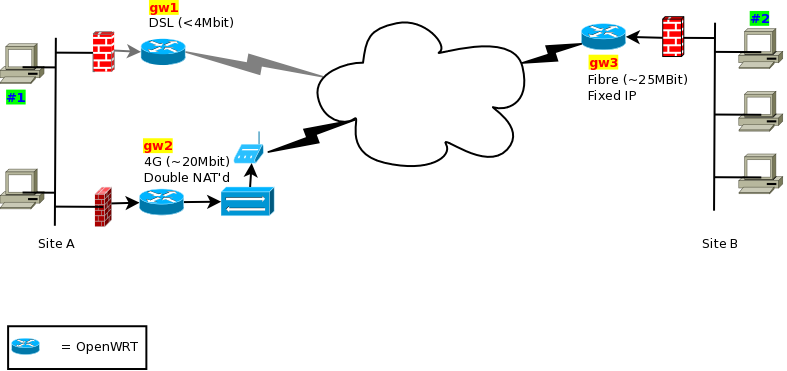
So this is no feasible solution but would work with a simple local port forwarding on the TerminalConnection.
Double ssh tunnel password#
"Username": "-BEGIN RSA PRIVATE KEY-īut if I start the web connection it asks me for the credential of the SecureGateway and then I have to specify the username and password (which can be used instead of the private key but needs a hardware token). "ComputerName": "",Īnd here is the credential specification (some special with username and key): I tested this out but it does not work as expected. This can be achieved with a SecureGateway and a WebConnection object.

I don't think that this can be achieved with a SecureGateway object. Do a local port forwarding to access databases with pgAdmin and some other 3rd party tool.The next portion of the configuration is the source port.įor local and remote port forwardings, you then specify the target host and port using "=targethost:targetport". The next character specifies the forwarding mode which can be either " L" (for Local) or " R" for Remote or " D" for Dynamic. In this case the IP protocol will be set to "Auto". You can also choose to omit it, like in the example's first tunnel configuration. The first character of the tunnel configuration can be either " 4" or " 6" if you want to explicitly specify the IP protocol to use. The format of the "SSHForwardedPorts" property is a comma separated list of tunnel configurations. Here's an example rJSON which configures a single SSH connection with two tunnels: In this specific case, you'd want to use the "SSHForwardedPorts" property. This is one level below rJSON and requires knowledge of our document format. When you start the PuTTY application, the Sessions screen allows you to enter the hostname or IP address and port number of the destination SSH server (Example: and port number 22).You can already do this by setting RoyalDocument properties directly.Configure local SSH tunneling by following these steps: PuTTY is a user-friendly SSH client for Windows. In the example above, all traffic sent to port 5901 on your local host is being forwarded to port 4492 on the remote server located at 188.17.0.5. ⦁ ssh_server_hostname – This element of the syntax represents the hostname or IP address of the remote SSH server.Ī practical example of an SSH port forwarding command would take the following form: ssh –L 5901:188.17.0.5:4492 ⦁ -L local_port:destination_server_ip:remote_port – The local port on the local client is being forwarded to the port of the destination remote server. ⦁ ssh – Starts the SSH client program on the local machine and establishes a secure connection to the remote SSH server. The basic syntax for a local port forward command is straightforward: ssh -L local_port:destination_server_ip:remote_port ssh_server_hostname The location can either be an IP address or a hostname. To use SSH tunneling in Linux, you need to provide your client with the source and destination port numbers, as well as the location of the destination server. SSH connections are established, and security efforts can concentrate on the intermediary SSH server rather than individual resources in a network.

The connection is then forwarded to a resource within the trusted internal network.

Your local SSH client establishes a connection with the remote SSH server. Organizations usually solve this issue by setting up an intermediary SSH ‘jump’ server to accept remote SSH connections.

This would be a severe limitation in a modern distributed environment. Valuable network resources do not generally allow remote SSH access.


 0 kommentar(er)
0 kommentar(er)
